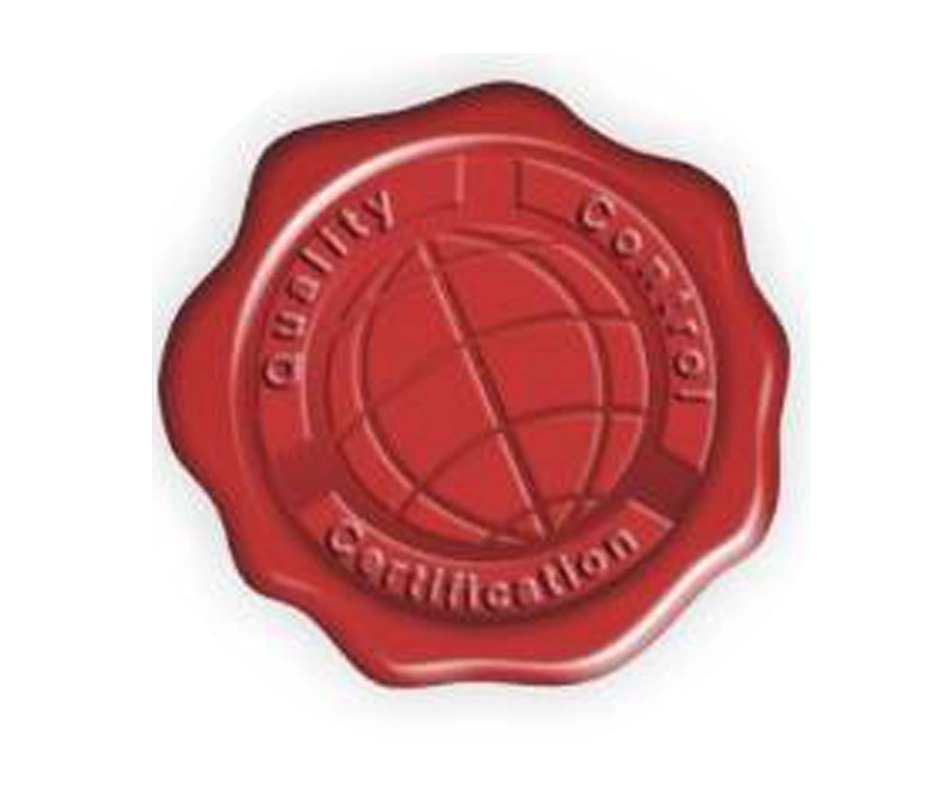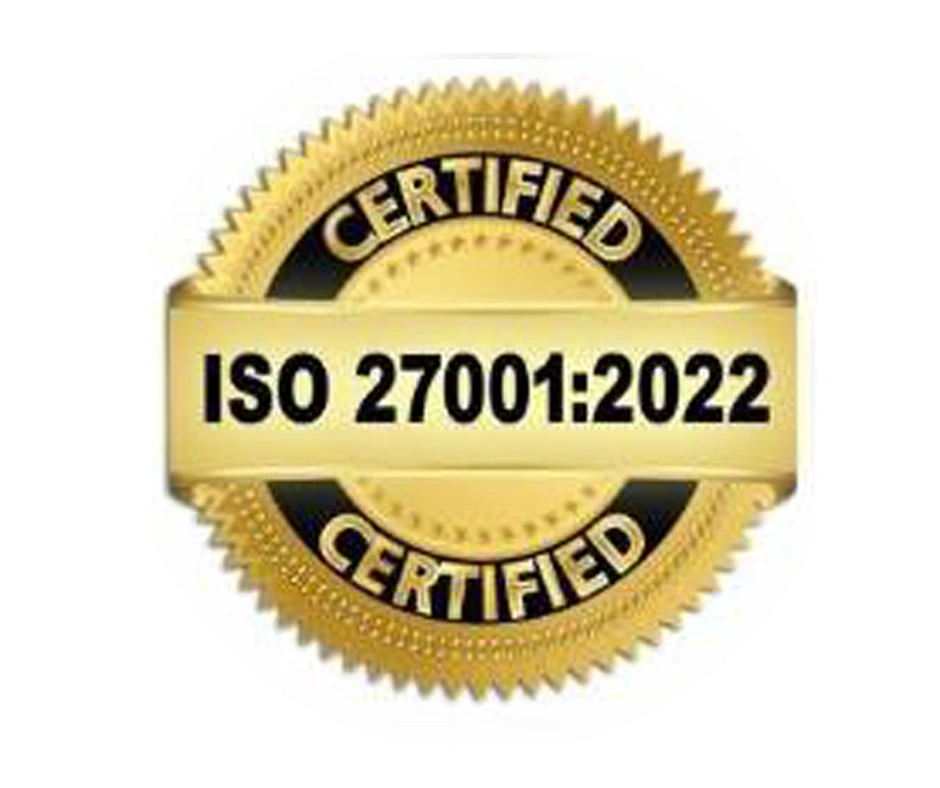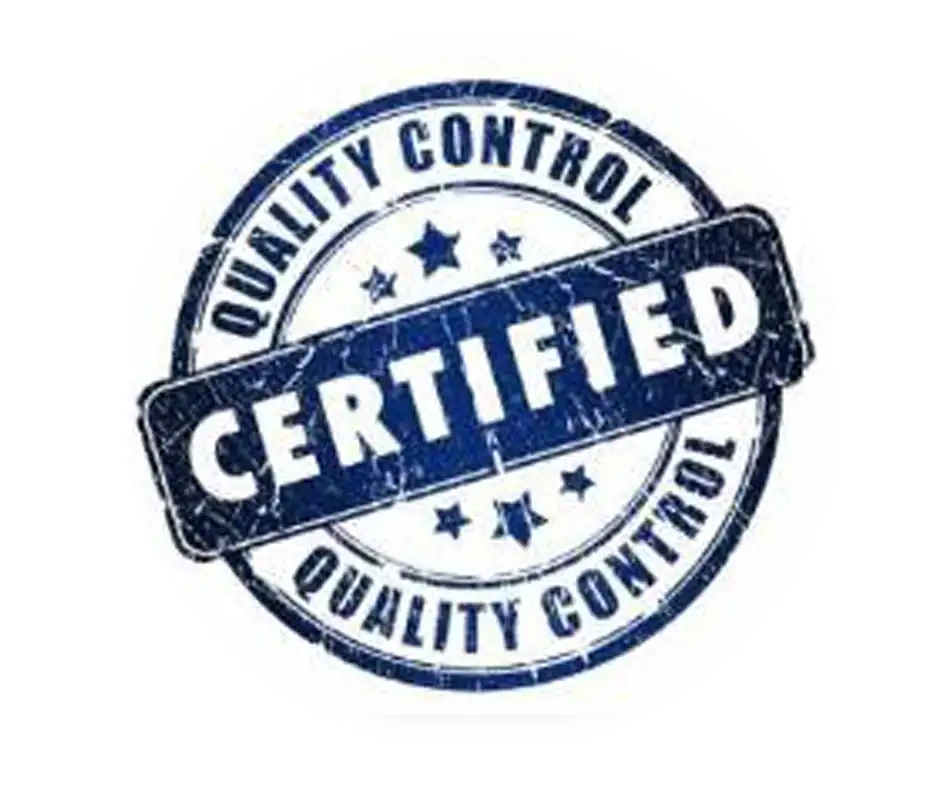Product and user experience (UX) design are two important aspects of creating a successful product. However, both have different focuses and objectives. In this blog post, we’ll explore the differences between product design and UX design and provide guidance on which one your business needs to prioritize.
Product Design
- Is the process of creating a physical or digital product, including the product’s aesthetics, form, and function.
- Involves designing the product’s visual and functional attributes, including color, shape, materials, and interactions.
- Focuses on the design of the product’s features and functions.
Product designers are concerned with the overall design, and they work closely with engineers and developers to ensure that the product is functional, efficient, and safe. Product design is essential for creating an aesthetically pleasing product that is easy to use and understand.
UX Design
- Is the process of designing a product’s user experience and is concerned with how a user interacts with it.
- Focuses on making the product easy to use, understand, and navigate and aims to enhance the user experience by providing a seamless and efficient interaction.
- Involves researching and understanding users’ needs, goals, and pain points and then using that information to inform the product’s design.
- Includes creating wireframes and prototypes, conducting user testing, and analyzing user data to make informed design decisions.
UX designers are concerned with the overall user experience and work closely with product designers and developers to ensure that the product is user-centered and easy to use. They also create consistent and intuitive navigation, clear and concise messaging, and easy-to-use interfaces.
Which Wins When It Comes To Your Business Idea?
Product design is essential for creating an aesthetically pleasing and functional product. In contrast, UX design is crucial for creating an easy-to-use and intuitive product that meets the users’ needs.
A product with a great visual design that is difficult to use will not succeed. Similarly, a product that is easy to use but unattractive will also not be successful. A balance between both is important, meaning both product design and UX design need to work together to create an optimal experience for the user.
Conclusion
In conclusion, for most companies, it’s best to have both product designers and UX designers on the team, focusing on collaboration and alignment between the two disciplines. The product designers will focus on the visual and functional design aspects, while the UX designers will focus on the user experience and usability aspects. Together, they will work to create a seamless and intuitive product that meets the needs of both users and the business.












